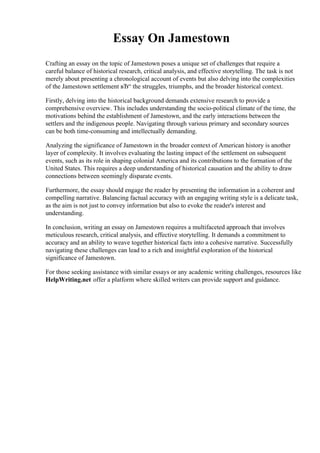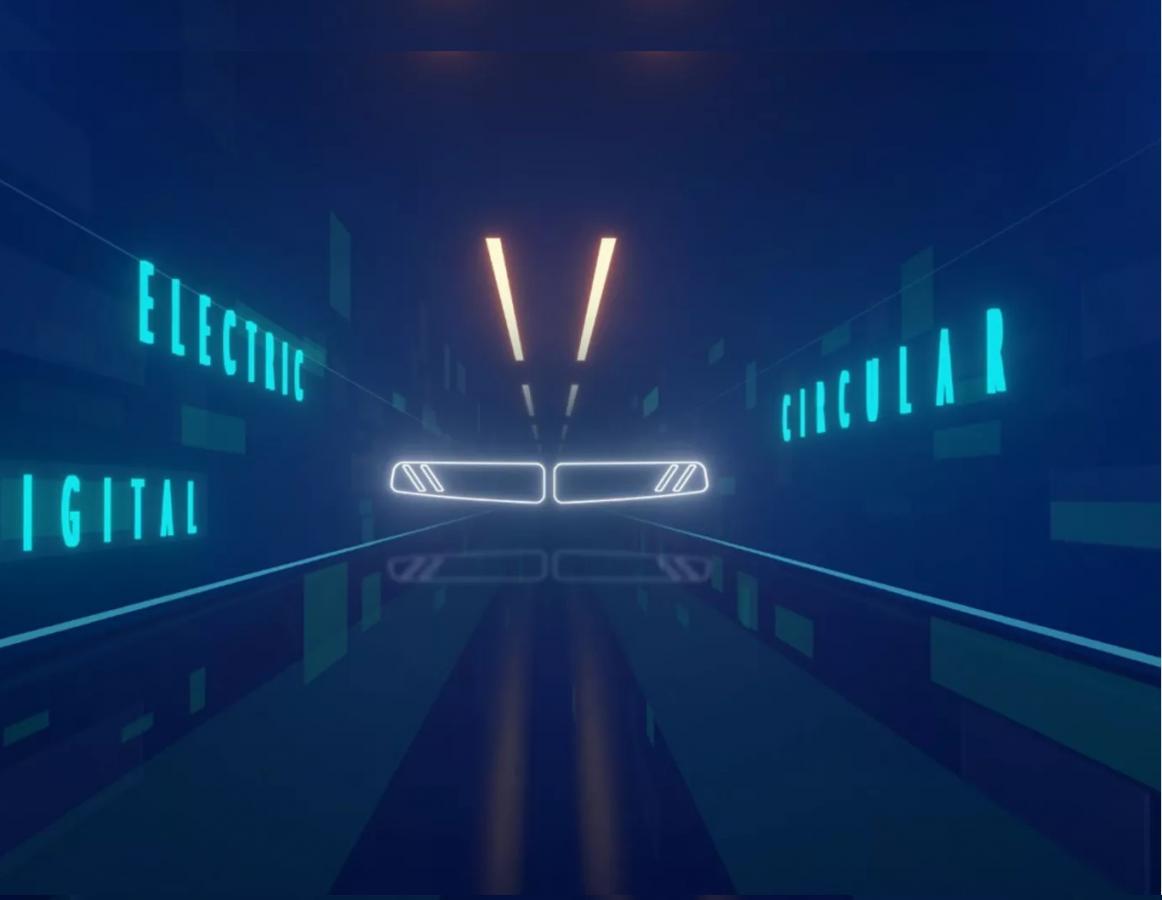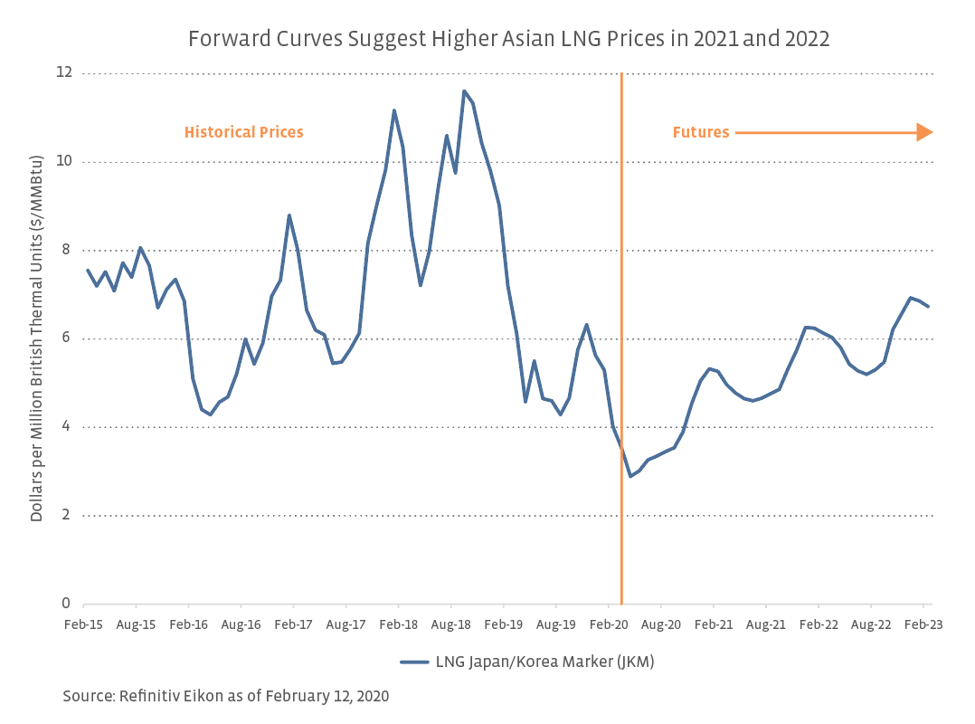Auto Dealers Intensify Fight Against EV Sales Quotas

Table of Contents
Financial Burden and Infrastructure Limitations
Meeting aggressive electric vehicle sales targets presents a significant financial hurdle for auto dealers. The upfront investment required is substantial, encompassing several key areas. Dealerships must invest heavily in charging station infrastructure, a costly undertaking that requires significant capital investment and potentially specialized construction and permitting processes. Furthermore, they need specialized training for technicians to handle the unique maintenance and repair needs of EVs, adding another layer of expense. This investment is risky, as there's no guarantee of sufficient consumer demand to offset these costs. The potential for unsold EVs and associated losses is a very real threat, especially in markets where consumer adoption of EVs remains low.
- High cost of EV inventory: EVs often command higher prices than comparable gasoline-powered vehicles, tying up significant capital in inventory.
- Lack of consumer awareness and charging infrastructure in many areas: Limited public charging networks and a lack of consumer understanding about EVs hinder sales in many regions.
- Difficulty in balancing EV sales with existing ICE vehicle sales: Dealerships must manage the transition to EVs while still selling traditional internal combustion engine (ICE) vehicles, creating logistical and inventory management challenges.
- Training requirements for technicians specializing in EVs: The specialized knowledge required for EV repair and maintenance demands substantial investment in training programs for dealership staff.
Consumer Demand and Market Readiness
A key argument against the current mandatory EV quotas is the simple fact that the market isn't ready. While EV adoption is growing, consumer hesitancy remains a significant barrier. Many potential buyers are deterred by the higher purchase price of EVs compared to gasoline-powered cars. Range anxiety—the fear of running out of charge before reaching a charging station—also continues to be a major concern. Charging times, even with fast-charging technology, are often longer than refueling a gasoline car, impacting convenience and daily usability.
- Limited range of EVs available to meet diverse consumer needs: The current selection of EVs may not meet the needs of all consumers, particularly those requiring long-distance travel or heavy towing capacity.
- High purchase price compared to gasoline-powered vehicles: The price differential remains a significant obstacle for many prospective buyers, limiting broader market penetration.
- Concerns about charging infrastructure and charging time: Inadequate charging infrastructure and longer charging times compared to refueling gasoline vehicles continue to deter many consumers.
- Varying levels of government incentives and consumer support across regions: The effectiveness of government incentives varies significantly, impacting consumer adoption rates across different geographical areas.
The Role of Government Regulations and Incentives
Government regulations play a crucial role in shaping EV adoption, but overly aggressive EV sales quotas can have unintended consequences. While incentives like tax credits can stimulate demand, poorly designed policies may create market distortions. For example, focusing solely on sales quotas without adequately addressing infrastructure development or consumer education may lead to unsold inventory and financial hardship for dealers. A balanced approach is crucial – one that encourages EV adoption while ensuring the economic viability of the auto dealer industry.
- The need for balanced policies that encourage EV adoption without harming the auto dealer industry: Policymakers need to strike a balance between environmental goals and the economic realities facing dealerships.
- The effectiveness of tax credits and other incentives in driving EV sales: While incentives can help, their effectiveness varies greatly depending on factors such as consumer awareness and infrastructure availability.
- Potential for market distortions caused by overly ambitious quotas: Unrealistic quotas can lead to artificial price increases, inventory imbalances, and ultimately, hinder the overall goal of widespread EV adoption.
- The need for collaboration between governments, manufacturers and dealerships: A collaborative approach involving all stakeholders is crucial to develop sustainable and effective policies for promoting EV adoption.
Strategies Employed by Dealers to Address EV Sales Quotas
Facing the pressure of electric vehicle sales targets, dealerships are employing various strategies to mitigate the impact. Many are investing heavily in training programs for their sales and service teams, ensuring they have the expertise to effectively sell and service EVs. Targeted marketing campaigns are being developed to educate consumers about the benefits of EVs and address common concerns like range anxiety and charging infrastructure. Dealerships are also collaborating more closely with manufacturers to optimize inventory management and sales strategies, ensuring they have the right EVs in stock to meet consumer demand. Finally, lobbying efforts are underway to advocate for more realistic sales targets that consider the financial and infrastructural limitations facing the industry.
- Increased investment in EV-related training programs for sales staff and mechanics: This upskilling is crucial for dealers to effectively handle EV sales and service.
- Development of targeted marketing campaigns to educate consumers about EVs: Educating consumers about EVs, addressing their concerns, and highlighting the benefits is key to boosting adoption.
- Collaboration with manufacturers to optimize inventory and sales strategies: Working closely with manufacturers can help dealers better manage inventory and align their offerings with consumer demand.
- Engaging in lobbying efforts to advocate for more realistic sales targets: Dealers are actively working to influence policy decisions to create a more sustainable transition to EVs.
Conclusion: Navigating the Future of EV Sales and the Dealer's Role
The debate surrounding EV sales quotas highlights a complex interplay between environmental goals and economic realities. The financial burdens on dealerships, concerns about consumer readiness, and the effectiveness of government regulations all contribute to the challenges. A balanced approach is crucial—one that fosters sustainable EV adoption without jeopardizing the economic viability of the auto dealer industry. We need policies that incentivize EV adoption while acknowledging the need for realistic timelines and sufficient infrastructure development. Learn more about the challenges and solutions surrounding EV sales quotas and join the conversation today!

Featured Posts
-
 Controversy Cdc Vaccine Study And The Accusation Of Misinformation
Apr 27, 2025
Controversy Cdc Vaccine Study And The Accusation Of Misinformation
Apr 27, 2025 -
 Wildfire Betting The Los Angeles Example And The Implications For The Future
Apr 27, 2025
Wildfire Betting The Los Angeles Example And The Implications For The Future
Apr 27, 2025 -
 Ariana Grandes Transformation The Role Of Professional Hair And Tattoo Artists
Apr 27, 2025
Ariana Grandes Transformation The Role Of Professional Hair And Tattoo Artists
Apr 27, 2025 -
 Trade War Impact Ecbs Simkus Suggests Two More Potential Interest Rate Cuts
Apr 27, 2025
Trade War Impact Ecbs Simkus Suggests Two More Potential Interest Rate Cuts
Apr 27, 2025 -
 La Wta Lidera Licencia De Maternidad Remunerada De Un Ano Para Tenistas
Apr 27, 2025
La Wta Lidera Licencia De Maternidad Remunerada De Un Ano Para Tenistas
Apr 27, 2025
Latest Posts
-
 The China Factor Analyzing The Struggles Of Bmw Porsche And The Broader Automotive Landscape
Apr 27, 2025
The China Factor Analyzing The Struggles Of Bmw Porsche And The Broader Automotive Landscape
Apr 27, 2025 -
 Navigating The Complexities The China Market And Its Impact On Luxury Car Brands Like Bmw And Porsche
Apr 27, 2025
Navigating The Complexities The China Market And Its Impact On Luxury Car Brands Like Bmw And Porsche
Apr 27, 2025 -
 China Market Slowdown Impact On Bmw Porsche And Other Automakers
Apr 27, 2025
China Market Slowdown Impact On Bmw Porsche And Other Automakers
Apr 27, 2025 -
 Bmw And Porsche In China Market Headwinds And Industry Wide Concerns
Apr 27, 2025
Bmw And Porsche In China Market Headwinds And Industry Wide Concerns
Apr 27, 2025 -
 The Ethics Of Betting On Natural Disasters A Look At The Los Angeles Wildfires
Apr 27, 2025
The Ethics Of Betting On Natural Disasters A Look At The Los Angeles Wildfires
Apr 27, 2025
